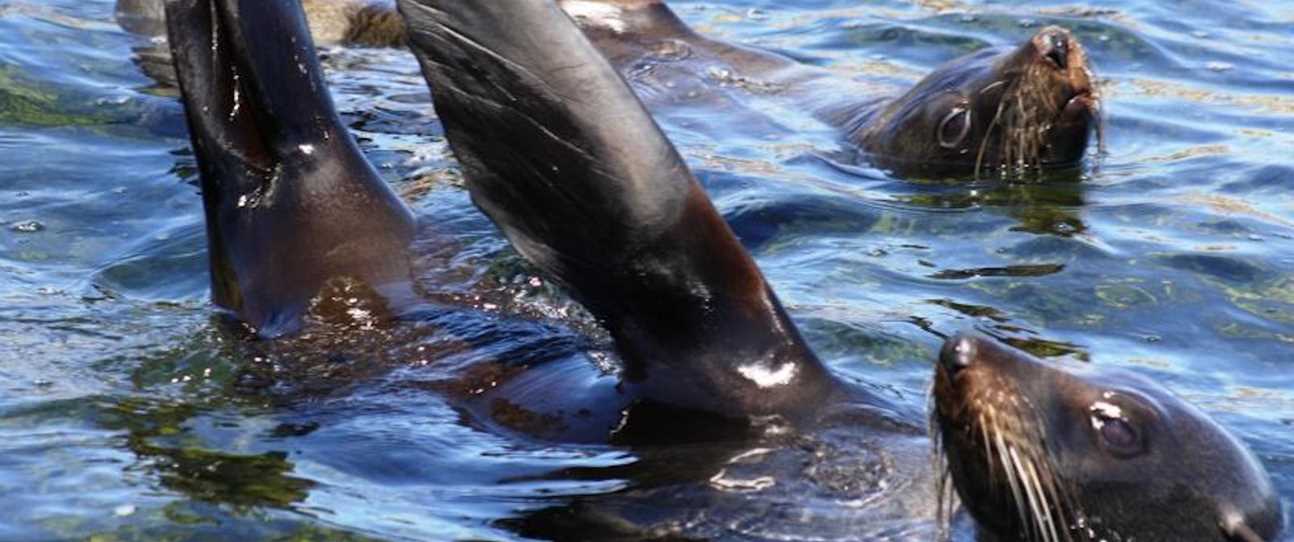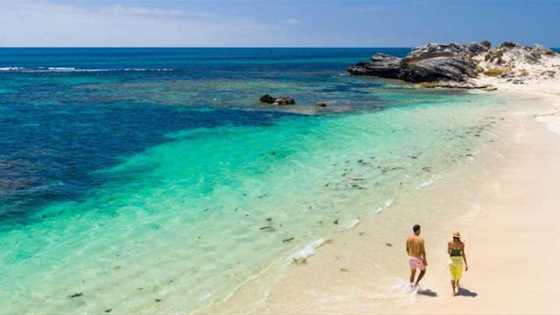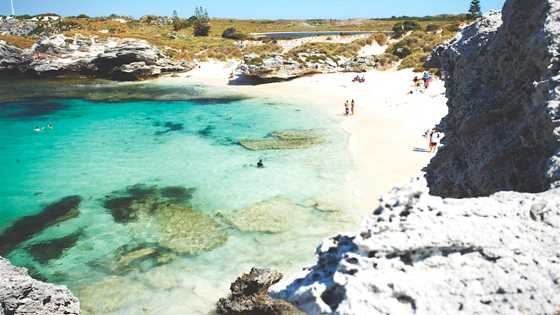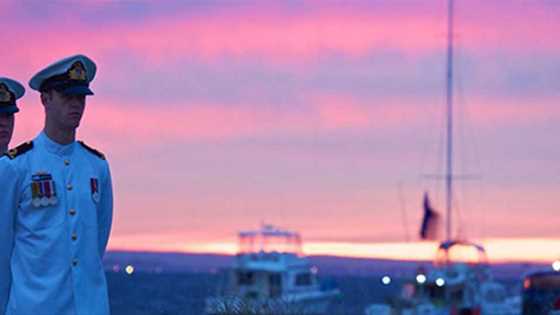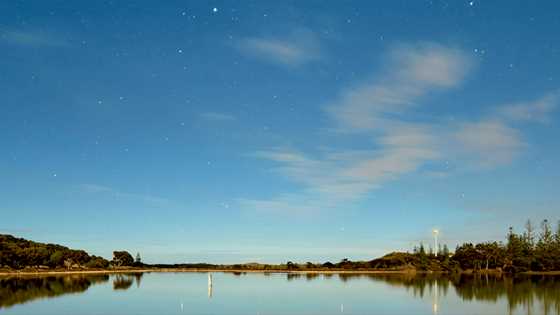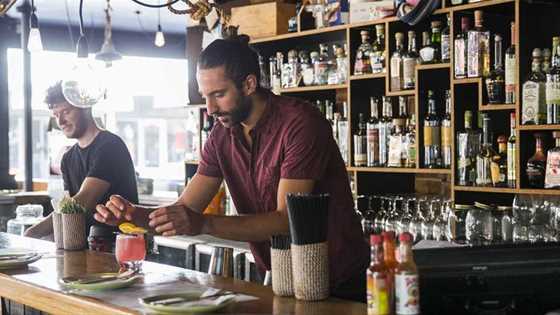It’s hard to resist the pulling power of the quokka on Rottnest, but there are many other worthy contenders, both on land and underwater.
The island is listed as an Important Bird and Biodiversity Area and many of its bays are protected marine zones. Some of Rottnest’s wildlife is deadly but most are friendly and well worth seeking out next time you visit the island. Here are some of our favourites and where to find them on Rottnest.
Quokkas
Rottnest’s famous furry celebrity and ‘the happiest animal on Earth’ needs no introduction. Early Dutch explorers named the island ‘Rotte Nest” (Rat’s Nest) after these cute, bounding creatures and they are the only mammal native to Rottnest Island. The island supports a quokka population of over 10,000 and is critical to their survival. They can be found all over Rottnest, especially around the Thomson Bay Settlement. Quokkas are friendly, trusting animals and are most lively during the mid-late afternoon. Don’t forget your #QuokkaSelfie but please don’t touch or feed them.

Whales
The best time to spot the majestic Humpback and Southern Right whales is when they migrate along the coast from late August to November. Look out for them on the channel crossing or from one of the cliff-top vantage points on the way out to the West End, such as City of York Bay, Cathedral Rocks or the Cape Vlamingh (West End) boardwalk and viewing platform. You may be lucky enough to see one of these 50-tonne creatures breaching and singing on the ‘humpback highway’ with their calf.
Whale tours operate during the migration season and can be booked through operators such as: Whalewatch, Rottnest Fast Ferries and Rottnest Express.
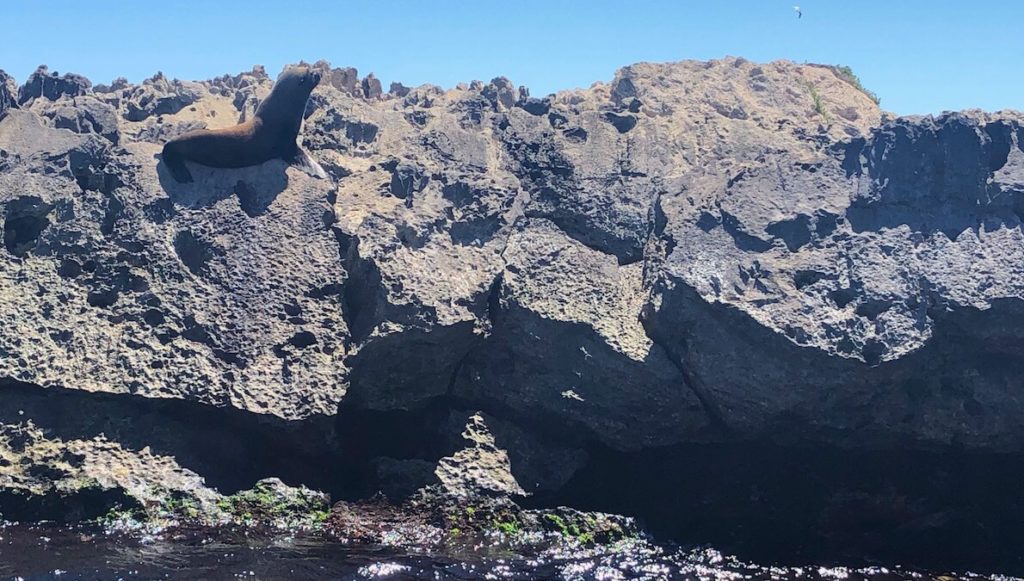
New Zealand Fur Seals & Australian Sea Lions
The Cathedral Rocks viewing platform is the perfect place to watch New Zealand Fur Seals. Sometimes there are between 10-80 seals doing very athletic poses on the rocks! You might also see them on the beaches and bays around Rottnest. New Zealand fur seals breed every year with the mother doing most of the parental duties, including teaching the pup to swim and fish. Amazingly, they can dive to depths of 400m and have teeth as sharp as a Rottweiler’s – very useful in case of a shark attack. Ride your bike or take the Explorer bus around the island to Cathedral Rocks for a glimpse of the seals at play.
You will also find Australian Sea Lions around Rottnest, Garden Island and Dyer Island (a small rocky island just off Bickley Bay). They are the rarest sea lion in the world and on the endangered list. Known as the puppies of the sea, they are very playful and great fun to interact with. They are also quite vain and love to look at their reflection in your goggles!
Take a charter boat around the island or an organised eco Adventure Tour with Rottnest Express to get close to these amazing creatures.
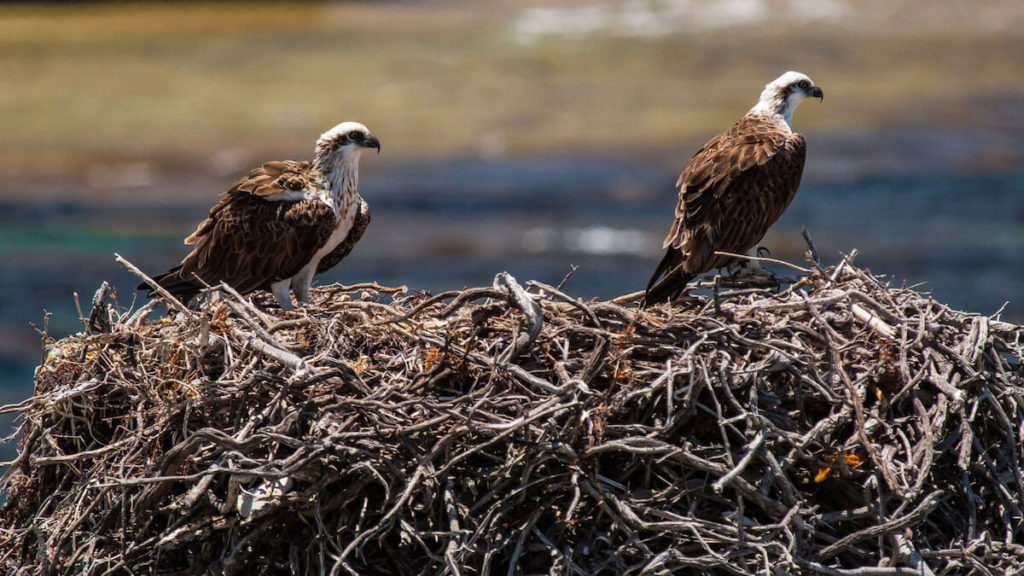
Eastern Osprey
With an incredible wingspan of 1.5m, the osprey is a powerful raptor, similar to an eagle. Rottnest is home to approximately 14 osprey nests, some of which are 70 years old and are huge! They like to build their nests on the craggy, rocky outcrops dotted around the island. There is a large nest at Fish Hook Bay which can be spotted from the West End viewing platform and another one at Jeannie’s Lookout near Parker Point. Ospreys can also be seen from the road out to the West End and along the Karlinyah Bidi walking trail network around the island. Be careful not to disturb them as too much activity may lead to a failure to nest.
Eagle Ray
These fascinating marine creatures glide up and down the coast of many of Rottnest’s beaches, however they seem to have a special affinity for Geordie Bay. They love to feed around the seagrass pastures and coral reefs of Rottnest’s marine reserve. You can stand on the jetty and watch them cruise past.
Dugite Snakes
Dugites are blackish-brown snakes and are found all over Rottnest, on dunes, rocks and even the occasional wood pile. They often love to sun themselves on the road. Although they are the 13th most venemous snake in the world, they are very shy but will attack if threatened. Don’t approach them and should you get bitten, seek immediate medical help.

